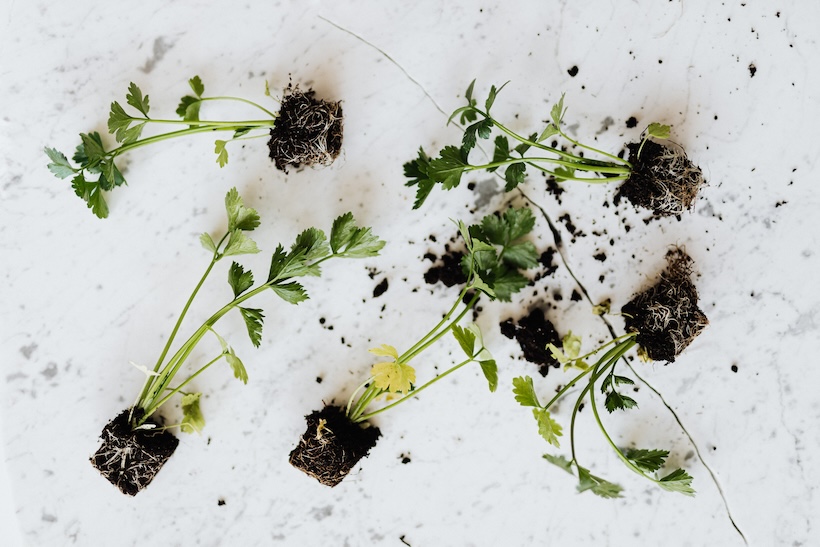5 Tips for Growing Your Own Kitchen Garden (Even in a Small Space!)

Growing your own kitchen garden is a rewarding and sustainable way to add fresh, flavorful ingredients to your meals while connecting with nature and saving money on groceries that can be put toward expenses like surgery from The Bunion Cure. While having a spacious backyard is ideal for gardening, you don’t need a large outdoor space to cultivate a thriving garden. With some creativity and strategic planning, you can grow a variety of herbs, vegetables, and even fruits right in your own home, no matter how small your living space may be. Here are five tips for growing your own kitchen garden, even in a limited space:
Choose the Right Plants:
When space is limited, it’s important to be selective about the plants you choose to grow. Focus on compact varieties that are well-suited for container gardening, such as cherry tomatoes, dwarf peppers, lettuce, herbs like basil and parsley, and leafy greens like spinach and kale. Consider your culinary preferences and prioritize plants that you use frequently in your cooking to make the most of your limited space.
Optimize Vertical Space:
Make the most of vertical space by utilizing hanging planters, wall-mounted containers, or trellises to grow your garden upwards. This allows you to maximize the amount of growing space available while adding visual interest to your indoor or outdoor space. Vining plants like cucumbers, peas, and beans thrive when given vertical support, and herbs like mint and thyme can also be grown in hanging baskets or wall-mounted planters.
Use Containers and Raised Beds:
Containers and raised beds are ideal for small-space gardening, as they allow you to control your plants’ soil quality, drainage, and placement. Choose containers that are appropriately sized for the plants you’re growing and ensure they have adequate drainage holes to prevent waterlogged soil. Raised beds are another excellent option for small gardens, as they provide a defined growing area and can be customized to fit your space and aesthetic preferences.
Prioritize Sunlight:
Most edible plants require ample sunlight to thrive, so it’s essential to position your garden in a location that receives at least six hours of direct sunlight daily. If you’re gardening indoors, place your plants near south-facing windows or invest in grow lights to supplement natural sunlight. Remember that some plants, like herbs and leafy greens, can tolerate partial shade, but they may not produce as abundantly as those grown in full sun.
Practice Regular Maintenance:
Like any garden, a kitchen requires regular care and maintenance to ensure healthy growth and abundant harvests. Water your plants consistently, keeping the soil evenly moist but not waterlogged. Monitor for signs of pests or diseases and promptly address any issues. Additionally, fertilize your plants regularly with a balanced fertilizer to provide essential nutrients for growth and productivity.

